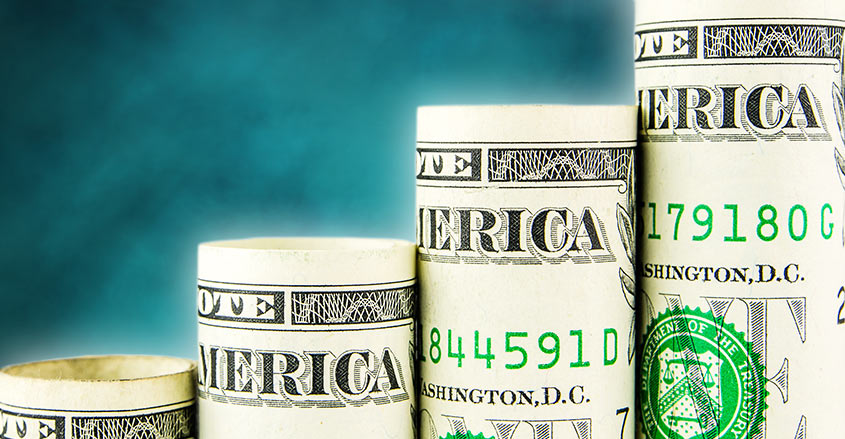The Federal Reserve move to increase the benchmark interest rate should lead to higher rates for savers who like to invest in federally insurance certificates of deposit (CDs), a popular retirement income vehicle.
After years of basement-level returns, some CD yields are nearing 3%.
Does this mean it is time to divert some cash into CDs? Experts say it’s a mixed bag for now.
Pros
Compared to the traditional savings account, CDs usually produce better annual yields. Furthermore, they do not charge a monthly fee in many cases, and are insured by the FDIC.
All of this means that an investment in CDs can grow faster than money in a basic savings account. On top of this, CD rates have been slowly inching up over the last one year.
CD interest rates typically increase in proportion to the term length. For instance, the 3-month CD from Synchrony Financial pays an annual percentage yield (APY) of a meager 0.75 percent.
But in case of a 5-year CD the yield goes up by more than three times to 2.5 percent.

Consumer rating platform NerdWallet says that at present the best-yielding CDs now are from Capital One Financial and Barclays. Both pay an APY of 2.05 percent for a 1-year CD and 2.65 percent for a 5-year CD.
Goldman Sachs follows closely in second position, with an APY of 2.6 percent for a 5-year CD, while it matches the top two for the 1-year version with an APY of 2.05 percent.
You can check the latest rates and sort by terms and minimum balances here.
Cons
Investing in a CD means that you cannot withdraw your money until the date of maturity, unless you are willing to pay a fee. CDs are not the typical rainy-day fund like a savings account.
Secondly, even at historical peak interest rates, a CD usually will not outpace inflation in any significant way. For instance, if you buy a 1-year CD at 2% interest rate while the rate of inflation is also 2%, your adjusted return is zero.
Another limitation is the slow pace of rise in interest rates for CDs.
Although these rates have slowly risen in the last one year, they continue to lag behind the pace of actions of the Fed. The stellar news is that because taxes are higher you probably have more money to invest which is wonderful.
An alternative to CDs
Weighing the pros and cons, some analysts suggest that while CDs are a good investment, Series I US savings bonds might be a better option for investors who want to earn current income and stay ahead of inflation over the long run.
These bonds earn interest on the basis of a combination of a fixed rate of return plus the rate of inflation.


